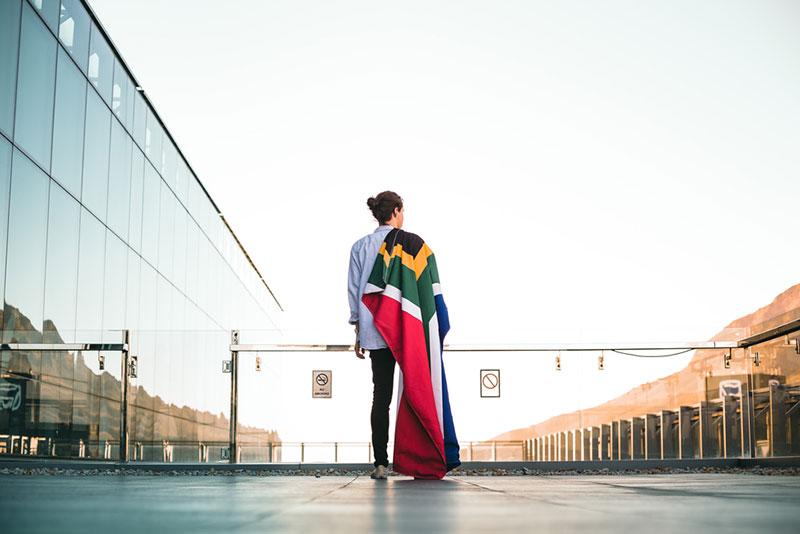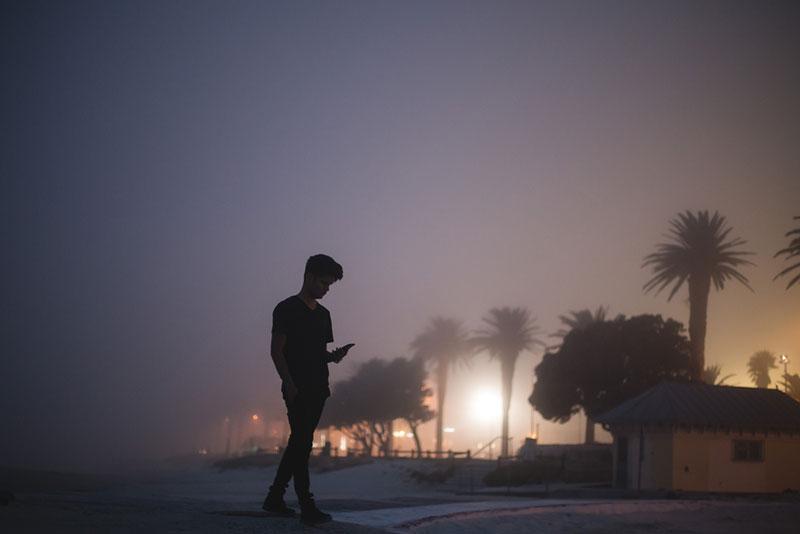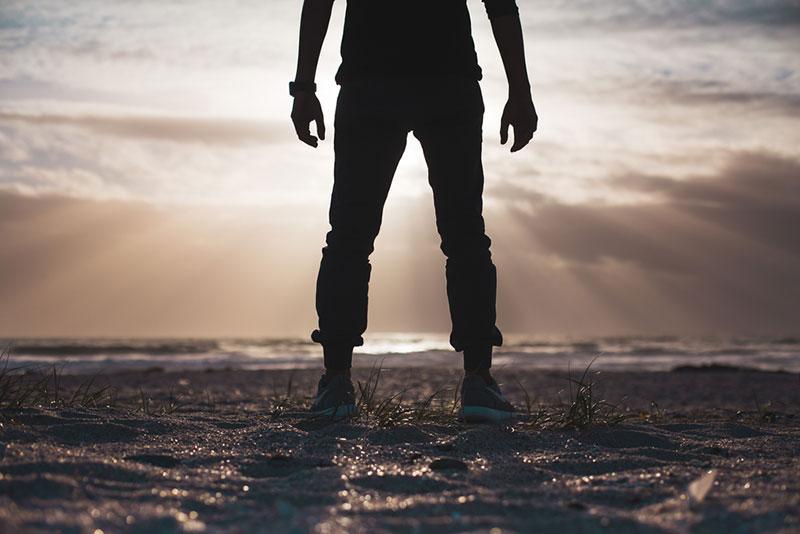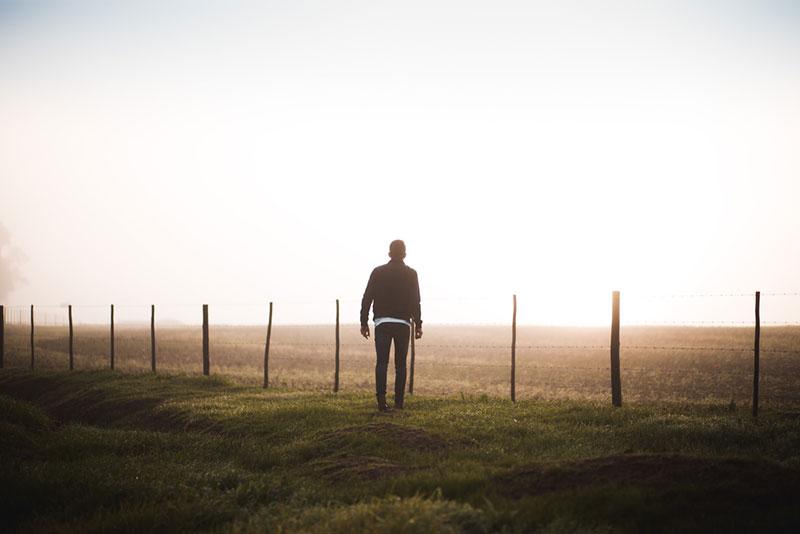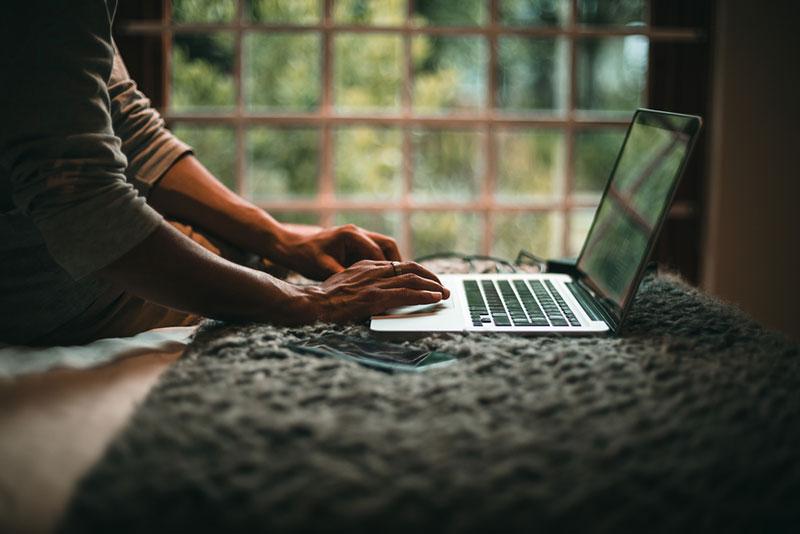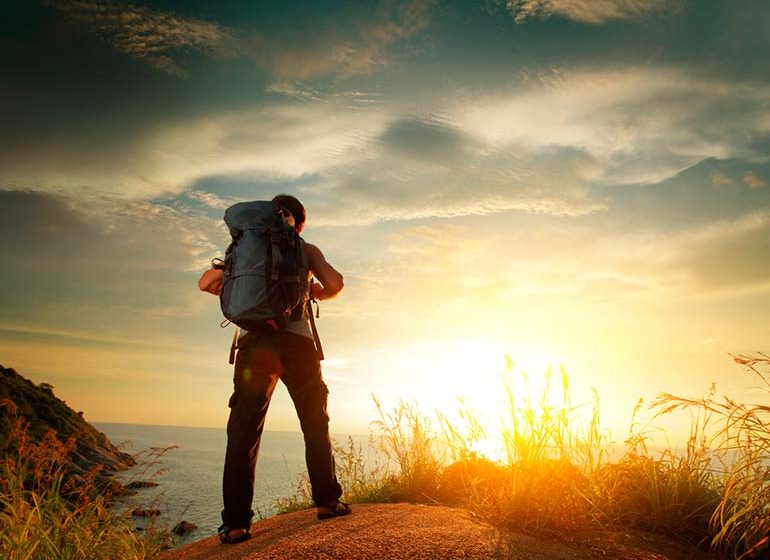Immortalization of Memories: Interview With Justin Govender
Photography means something different to each photographer. For Justin Govender, it is the immortalization of memories. As a continuation of this beautiful thought and idea, we had a chat with Justin about his work and aspirations. With interesting thoughts on the future of stock photography, Justin reveals his passionate side and describes his approach to photography in detail.
Tell us a little bit about yourself and your professional background. How did you stumble on photography?
I’ve been creatively inclined as long as I can remember. Always interested in art, cameras, movies, images etc. I used to enjoy playing around with old film cameras my parents owned and took them with me even though there was no film in the camera. It excited me to see life through a lens.
Eventually, after buying a small point and shoot camera and my first DSLR, I would capture events for friends and family which eventually led to more people asking me to do it. I started a business in photography and would shoot any request. From model portfolios to weddings and even started dabbling in the world of shooting stock photography. I’ve been doing that now for over 10 years.
What’s your favourite part about being a photographer?
My favorite part would have to be the response I get from portrait clients after showing them their final images. I believe photography is a tremendous tool in encouraging people and showing them their unique value and beauty. It is such a warm feeling to see how much confidence they take away after I’ve had the opportunity to photograph them and it is something that never gets old.
What is your creative process like from start to finish of uploaded photographs?
My ideas can come from anywhere; a random thought or observation, social media, movies etc.
From there, I plan the location and time of day as well as the subject and then head out to shoot on a day that’s convenient for both of us. I don’t shoot very long, generally 30 minutes or so.
If time allows, I’ll usually go through my shots as soon as a shoot is done and transfer images to my PC to start selectioning. I’ll select everything I like and then I’ll narrow it down further.
I then start editing them in Adobe Bridge and the camera raw panel. Most of my shoots are done just with those two programs. I’ll use Photoshop if I need extensive retouching. I have presets for my style that I’ve created over the years. I’ll then export the hi-res jpegs and begin uploading to various sites and my portfolio.
How do you choose themes you want to work with?
Mostly I look at current trends of what seems saleable. But I also don’t let that restrict me. If I feel inspired to shoot a particular theme that’s not currently very popular, I’ll still do it anyway. Chances are, those images will become useful along the way and it always proves to be true.
I’d much rather shoot something that I feel inspired to do than just shoot whats “commercially” useful. The end result is always much better when you are passionate and self driven to capture it.
Could you take us from start to finish of producing one of your top photographs?
One of my top photographs is a photo of my friend walking along a misty gravel road. We just decided one morning to go out and shoot some portraits for fun. We went to a farm area not too far from where I stay in Cape Town at about 5 AM in the morning. We weren’t aware that a heavy mist had settled there that morning and it ended up creating an awesome atmosphere. We shot and drove around for a bit. As soon as I got home I started transferring and selecting my favorites with Adobe Bridge. I then edited them in Camera RAW to enhance the colors and bring back some of the details that the mist washed out and then exported for upload. It’s one of my favorite spontaneous shoots and has been one of my most successful photos.
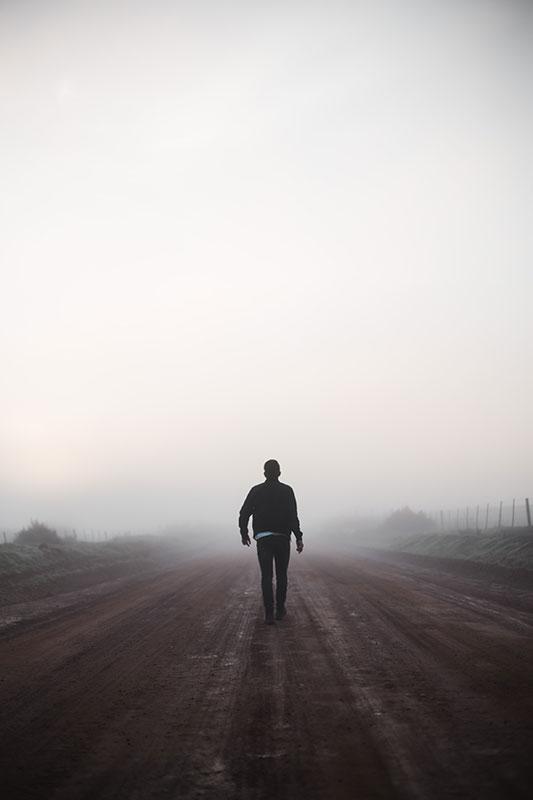
Do you have a favourite photograph, and if so, what’s the story behind it?
I have many favorite photos. But one of the highlights would be a photo of myself and my fiance under a tree. It was the day I asked her to officially be my girlfriend. I took her to a secluded mountain pass in Ceres and we had a picnic near a river stream. That photo is also our first kiss.
I wouldnt say its my most technically correct photo but the moment that it represents is a significant and special one and that’s what photography is to me, the immortalization of memories.
I put the camera in a tree and just let it remotely capture with wifi tethering on my phone.

What are some of your most hard learned lessons about stock photography?
The hardest is learning to just continue doing it even if at first there are no results.
Stock photography is a flooded market and if you expect to gain sales instantly you will be disappointed. It takes practice and consistency to move forward with it.
What are your thoughts on the future of stock photography?
As the world moves more and more into the digital sphere, I think stock photography will still be a major source of providing unique imagery for a long time to come. The convenience of not needing to hire a photographer for a special concept but just purchasing it online is a big time and money saver to businesses and content creators.
Photographers who have the ability to capture moments and provide a visual expression to common concepts will keep this industry thriving.
Where is your creativity taking you next and what can we expect to see in your portfolio?
I have always made the most of where I am at and used my environment to see things in new ways. My hope is to continue growing my portfolio by adding more diverse people into it as well as more international locations. I plan to build a portfolio that appeals to a world wide audience and to achieve that, that I’d like to shoot many cultures all over the world.
Your #1 tip or words of wisdom:
Most importantly I would say – just do it. There will always be hundreds of reasons to not pursue something. If you enjoy it and are passionate about it, then do it. Those passions and desires are instilled in you for a reason. You will not be good at it at first (I certainly wasn’t) but if you continue to practice and just have fun, it grows and develops. The difference between successful photographers and those that don’t make it, is that the former use the challenges to motivate them forwards and not stop.
